With a cool methodical patience, Bob Thall has spent more than 40 years photographing Chicago and its environs. Long known as the quintessential documentarian of the city’s urban landscape, in recent time Thall has expanded his oeuvre through traveling to and photographing in a variety of American city centers. This week The COMP Magazine caught up with Thall to discuss his enduring connection with the city, his tenure teaching in the Photography Department at Columbia College, what he values in his photographic practice, and his new ongoing investigations.
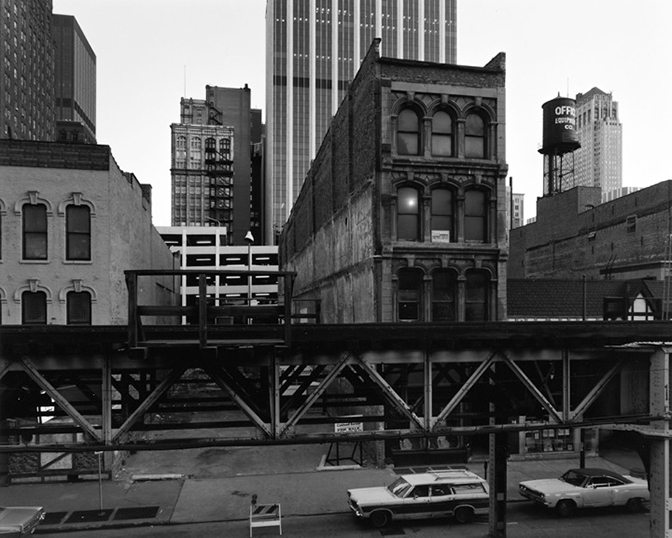
Bob Thall, Chicago, 1978
I’m wondering what piqued your interest to focus your life upon making and teaching photography. Can you share any early experiences and how they inform your present day approach to making and thinking about photographs?
My dad was a musician, but he also was an amateur painter. He didn’t have any confidence in his ability to create new paintings – so mostly he copied other paintings. His favorite source was Edward Hopper. So I grew up in a rotating gallery of Edward Hopper images on the wall – all signed Sidney Thall, and often at radically different sizes than the originals (my dad worked from reproductions). It didn’t occur to me until I was doing the written part of my MFA thesis, but it’s obvious now that looking at Edward Hopper for years influenced my idea of what was interesting subject matter for visual art.
I had no early interest in photography, but I did try to sketch and do watercolors. I did not exhibit any aptitude for that. In college I drifted into the Architecture program, and they required each student to have a 35mm camera. So I bought a budget Mamiya SLR. I took a darkroom class at the student union. One of my best friends was given a book of Henri Cartier-Bresson photographs, and I spent a lot of time looking at that. At that point, I got interested in Photography. As I started having problems in the Architecture program (no drafting skills, bad study habits, etc.) I started taking some Photo classes. My second class was with Joe Jachna, a wonderful teacher who seemed to find potential in all his students.
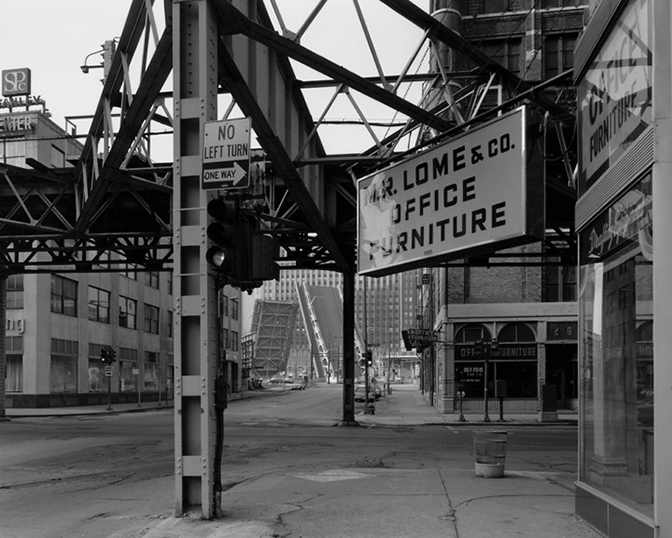
Bob Thall, Lake and Franklin Streets, view North, Chicago, 1979
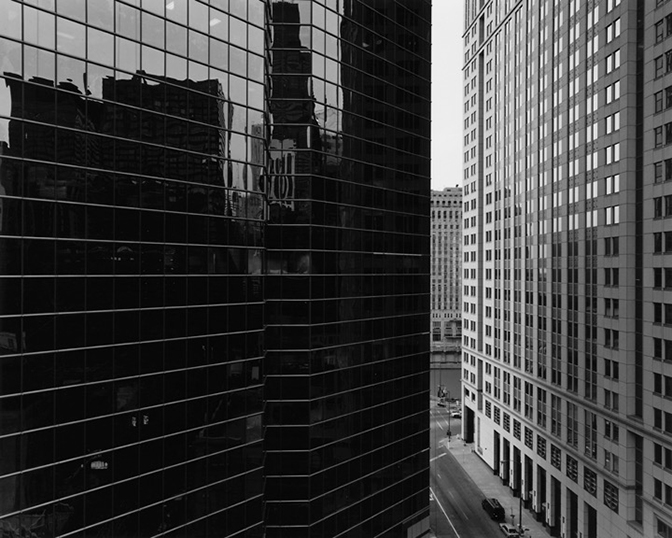
Bob Thall, Lake and Franklin Streets, view North, Chicago, 1991
You’ve been photographing Chicago for more than 40 years. I’m curious to how you see the city’s architecture transforming and defining your sense of place and attachment to the city?
I absorbed some of the basic principles of ID photography. The materials of everyday life should be the subjects of Art – not the exceptional. Your next set of work should be based on what you learned from your last set of work.
I was a little annoyed at the Architecture program at UIC and working through my disappointment at dropping out. So I put down my Leica and borrowed a 4×5 and went to Pilsen and the Near North Side to photograph trashed out buildings – abandoned, stupidly modified, graffitied. Take that Architecture. But the more I worked in those areas, the more I got interested in both vernacular architecture and the signs of human life you could see in the buildings and neighborhoods.
After a couple of years of that, I got a little bored with the visual constraints of photographing small buildings on rectilinear streets. So I went downtown, looking for more visually complex situations. And I just fell in love with downtown Chicago. In the mid-late 1970’s, much of downtown looked like a 19th century city. Many of the buildings were distressed or vacant. Each block was a complicated mix of many buildings and spaces. Before 8am and after 6pm and on the weekends, downtown was almost deserted. It felt like my private city to explore and photograph. I just loved it.
But while I was clearly doing documentary photographs, my assignments to myself were influenced by ID thinking. I would concentrate on Light, small-unexpected spaces, issues of representing space and perspective, and other visual problems. That changed as I reviewed about 20 years of my work (about 5000 pictures) and tried to publish my first book.
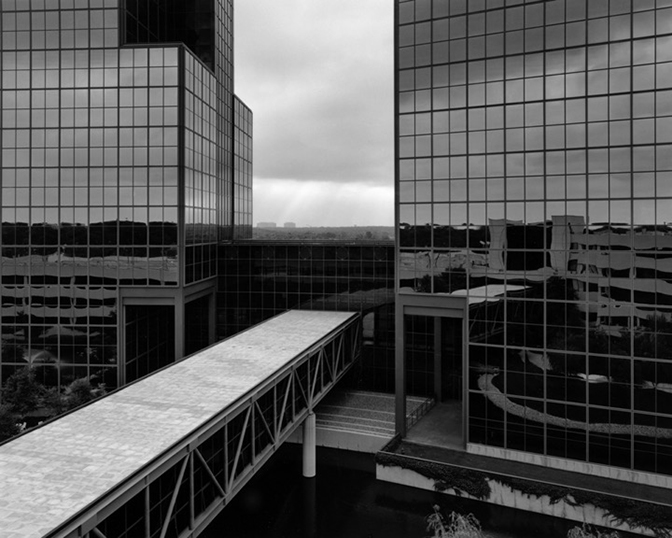
Bob Thall, Schaumburg, 1991
In 1994, you published “The Perfect City” with John Hopkins Press, in conjunction with a solo exhibit at the Art Institute of Chicago. This effort was followed with a handful of thoughtful photo books (e.g., City Spaces) that investigate the city from various vantage points. I’m wondering if you can discuss how you located and invested yourself in a specific project for a sustained period of time?
In the late 1980’s, downtown Chicago changed radically. A lot of old buildings were cleared, and big office buildings were constructed. So instead of a block where you might have had 12 or 16 different buildings, different dates, different sizes and condition, you would have one or two huge glossy buildings. It was harder and harder to be excited about exploring and photographing downtown. This change was starkly apparent as I reviewed my work from about 1974 on. And suddenly I realized the value of having photographed so much that had now disappeared. The documentary value of my old work suddenly impressed me, and I think at that point I finally embraced the idea that I was a documentary photographer. Before that, I mostly felt that the city was material that I might try to use to make interesting photographs. Now I felt I needed to also serve my subject matter by documenting it. I edited and sequenced the Perfect City to show the changes that I’d witnessed.
So now I thought of myself as a documentary photographer. And I had an editor who would be interested in my next project. Instead of giving myself visual problems to explore and puttering for years without a publication plan, I decided to define a documentary project. It occurred to me that I could define chunks of the city and perhaps publish those chapters of a larger description of the city. I worked on photographing SE Chicago/ NW Indiana (unpublished), starting before Perfect City was published. But as the Perfect City book and show were in process, I thought that if I disliked the corporate quality of the new downtown, I would go where that type of landscape was extreme – Schaumburg and other new corporate suburbs. That became The New American Village. As that ended, I started photographing Alleys almost by accident, but then realized it was a part of Chicago I hadn’t explored. And it was a wonderful dirty and complicated alternative to the clean and designed suburbs I had spent 5 years in. Then I realized that I had never really dealt with my favorite part of Chicago: the lakefront. I think that I had always seen it as potentially too pretty to be the subject of “serious” photographs. So I tried to photograph that – hoping to connect the lake and sky to the city.
It’s not hard for me to commit to a project when I start one and it seems to be rich and challenging. I’m only happy and productive when I’m deep into a project. And I’m miserable between projects or when I’m dabbling in something.
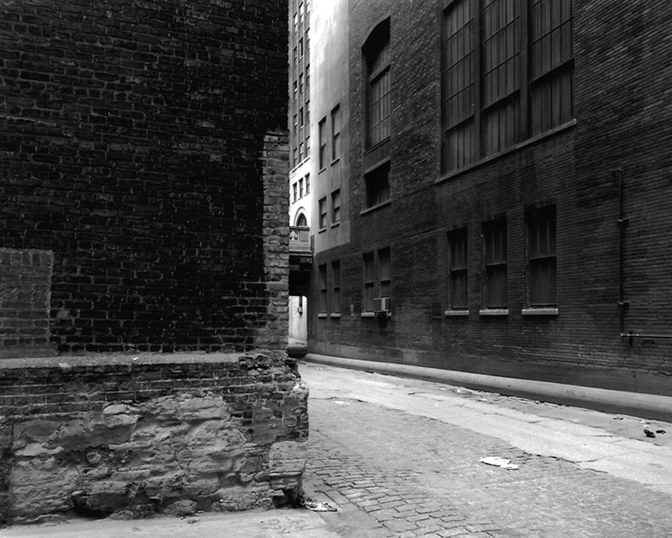
Bob Thall, Chicago, 1998
What do you value most in your photography practice?
As I mentioned, my experience and photographic heritage have led me to try to balance the principles and goals of the type of individualized and personal documentary practice (Walker Evans > Frank > Winogrand > etc.) with the ID exploration and hyper-consciousness of photographic picture making (Callahan, etc.) So I value trying to create documentary work that really does record parts of the world that may be under examined and also represents my interests and opinions. On the other hand, I really do value photographs as new objects, not just facts and records. I want to make photographs that are interesting, visually provocative and engaging as photographs.
I’ve found this a difficult and challenging goal. Which is good. It’s kept me interested in my work. While I love lots of different photography, I find some inspiration for my particular direction in the work of Evans, Timothy O’Sullivan, Carlton Watkins, Atget, Stephen Shore’s early work, Misrach, Sinsabaugh, Weston’s “California and the West”, and others. Robert Adams is a particular inspiration, not just for separate projects, but also for how he pursues his interest and position on the landscape through a sequence of projects. The non-fiction writing of John McPhee is also an inspiration.
Working on documentary projects is interesting and challenging. You are assembling a set of photographs. All artists edit and sequence their work, but this is probably more important as you produce a documentary project. So as I work, I’m trying to design a set of photographs that provides the facts I think are important and also presents my point of view. But as I do that, I sometimes lose focus on making visually interesting or compelling photographs. So I shift my thinking to that for a while. And sometimes then lose focus on the documentary information that I need. It’s like walking a tightrope, where I’m lurching in one direction then the other. Very frustrating, but when I hit the right balance in some photographs, I think I’ve created something of value. Something that can’t be found on Google Maps Street View.
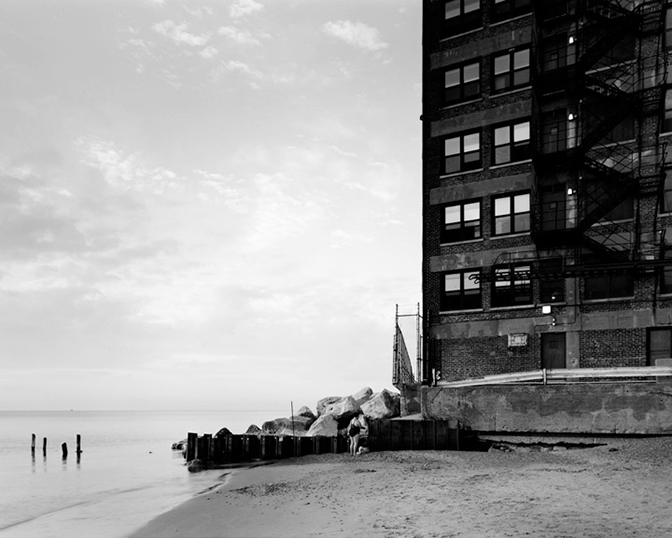
Bob Thall, Chicago, 2000
You recently retired from teaching at Columbia College Chicago. Under your stewardship there were profound changes to the medium and to the Photography Department. In your time teaching, what do you see as your most valued contribution as an educator?
I loved teaching. I’m going to miss it. Especially in the later years, I tried to focus more on figuring out what could be helpful for each student. I tried not to judge or speculate on talent, potential, or the kind of work the student was interested in. I tried to discover what I could say or do that would help each student move forward, and adapt my teaching as much as possible to each different student. I think that I left teaching doing the best job that I had done – except for the distractions and stress of my mother’s medical emergencies over this last year.
Columbia was a big department with lots of faculty. So I didn’t feel like I needed to be all things for the students. I could do what I did best, and let other faculty provide their unique parts. I loved teaching foundations, Documentary, View Camera, Senior and Grad Seminars. That was wonderful. It’s great that the medium has changed and grown so much. I remember the impact of color entering “serious” photography. Text and Image, conceptual work, political and social ideas, digital in all its forms. Great, but I thought that through all of that, it was important to hold onto the fundamental tools of visual seeing and visual image design. I thought that visual awareness and sophistication in visual design were crucially important regardless of what kind of work was being made. I thought that sometimes those visual fundamentals weren’t being valued or taught well. Both as a teacher and Chair, I tried to keep that as part of the program.
Things are better now, but for years, as each new technology or artistic direction came in, there were many who thought that the new developments displaced and eliminated what had come before. No more B&W, no more “formalism” or abstraction, no more image without text, no more documentary without activist political goals, no more analog, etc. etc. My thought was that the new ideas and tech were additions, and I tried to respect the traditional and keep those traditional options viable. I think that attitude has won out generally, partly because the students had a more inclusive approach to photography. The visionaries and first adopters are valuable, but I think they almost always overestimate the importance of the new.
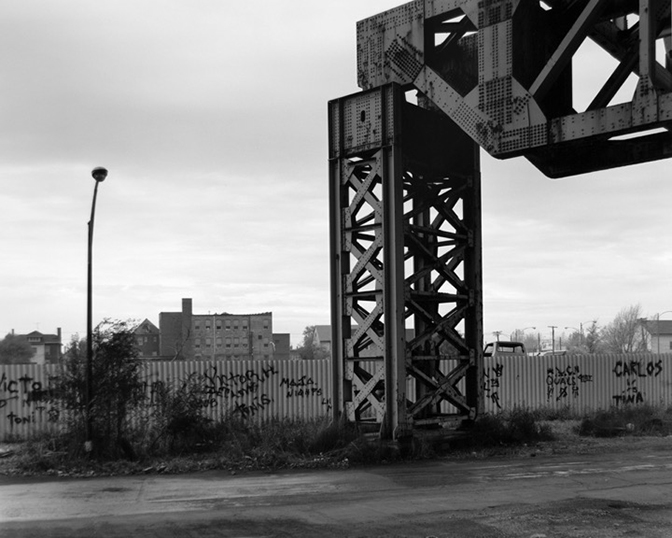
Bob Thall, Southeast Chicago, 1987
In recent time you’ve been making work in smaller rustbelt cities around the Midwest and a variety of other American cities. What prompted this new work? Do you have any plans for future exhibitions or publications?
So as I found it more difficult to find engaging things to photograph in Chicago, I thought that I might photograph in other places. The idea of exploring new places was very attractive and also attractive was the idea that my work might be more interesting to an audience outside of Chicago. I visited a few cities, but didn’t have much of an idea of how to organize my work into a cohesive project. After a while, I realized that I was most interested in the downtowns that had lost much or all of their urban vitality. So I’ve been pursuing that – but it’s tricky. In all my earlier projects, I’ve defined a geographical area to photograph. That was the structure of the project, and then I tried to develop a personal point of view. In this project, the structure of the project (which cities, what to photograph) is my judgement and point of view. I can hear the thin ice cracking underneath me.
So far, I’ve had some polite interest from some curators, but no offers of exhibits or any interest from publishers. I’d really like to show this first somewhere out of the Chicago area.
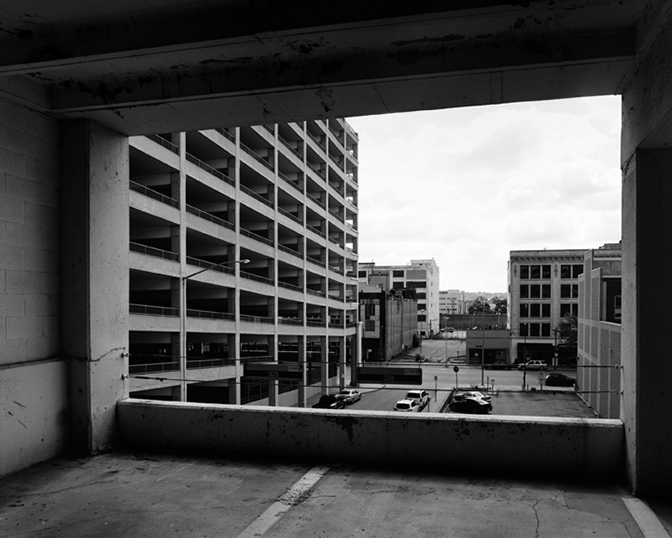
Bob Thall, Dayton, 2015
For additional information on the work of Bob Thall, please visit:
Books by Bob Thall – https://www.amazon.com/Books-Bob-Thall/s?ie=UTF8&page=1&rh=n%3A283155%2Cp_27%3ABob%20Thall
The Art Institute of Chicago – http://www.artic.edu/aic/collections/artwork/artist/Thall%2C+Bob
Museum of Contemporary Photography Chicago – http://www.mocp.org/detail.php?type=related&kv=7777&t=people
Museum of Contemporary Art Chicago – https://mcachicago.org/About/Who-We-Are/Artists/Bob-Thall
Chicago History Museum – http://explore.chicagocollections.org/marcxml/chicagohistory/30/r49gp8d/
Joseph Bellows Gallery – http://www.josephbellows.com/artists/bob-thall/bio/
Shashi Caudill – http://www.shashicaudill.com/artists/bob-thall/
New work by Bob Thall:
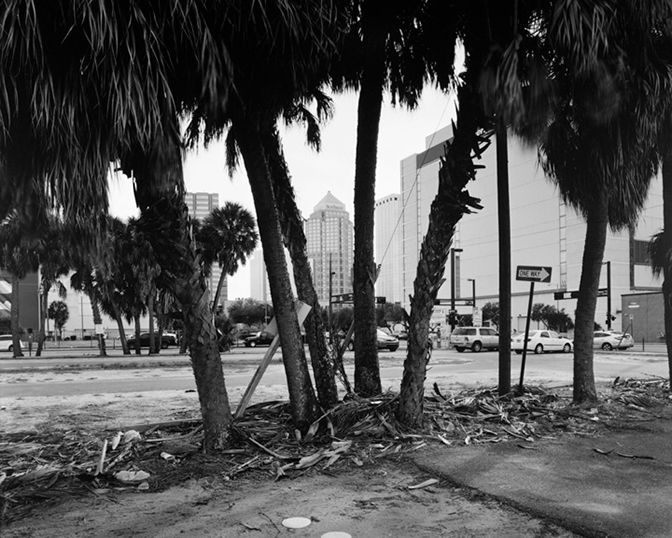
Bob Thall, Tampa, 2015
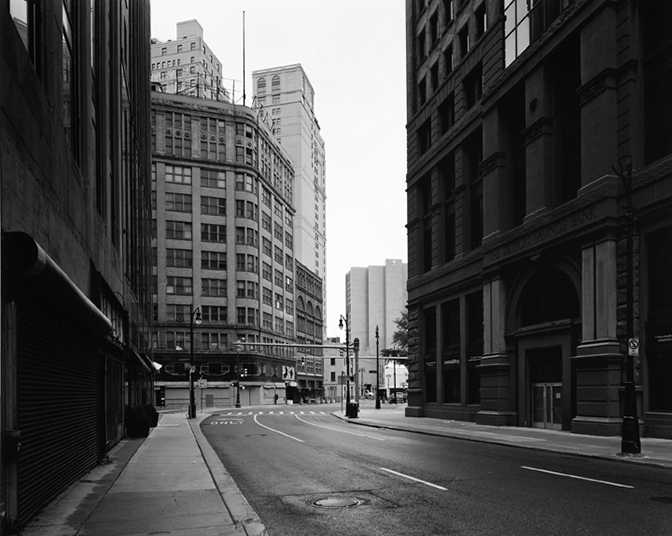
Bob Thall, Detroit, 2012
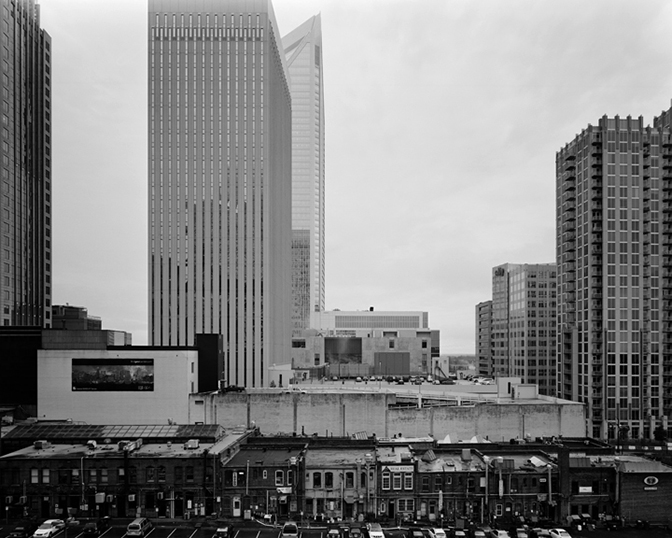
Bob Thall, Charlotte, 2014
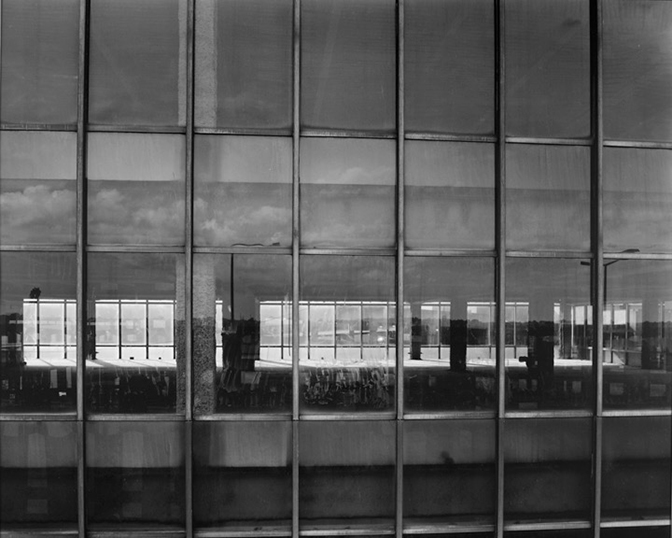
Bob Thall, Toledo, 2016
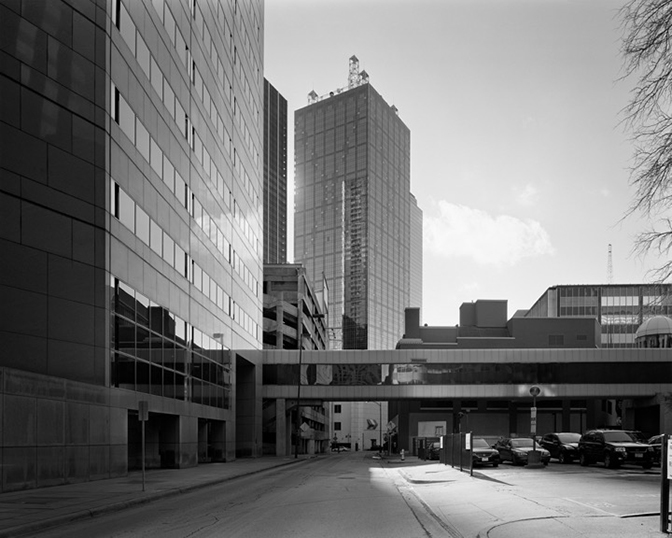
Bob Thall, Dallas, 2015
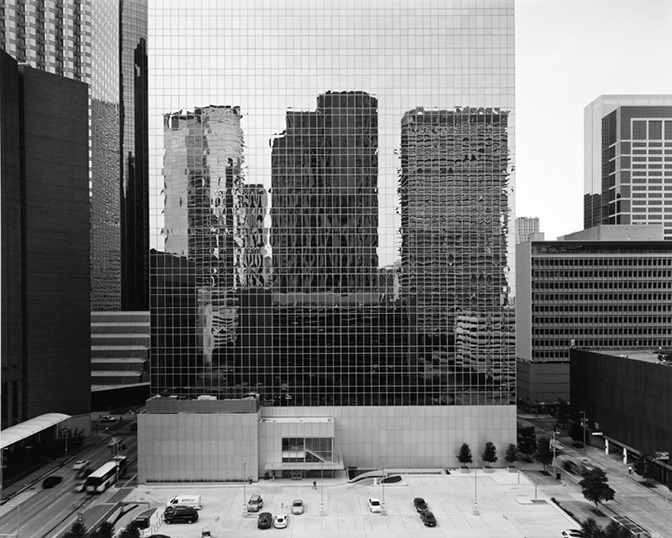
Bob Thall, Houston, 2012
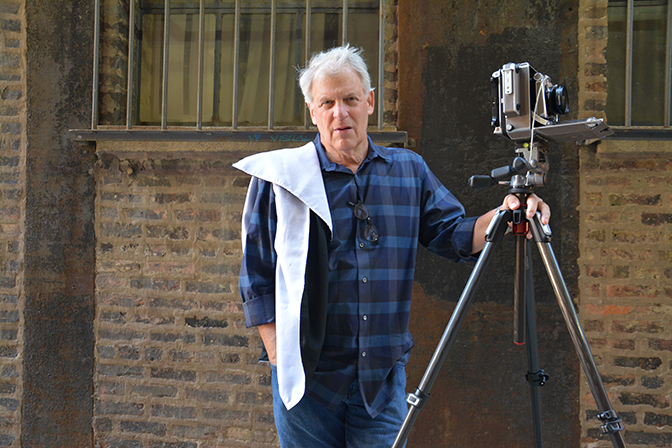
Bob Thall, photographer, Chicago, IL, 2017
Artist interview and portrait by Chester Alamo-Costello


